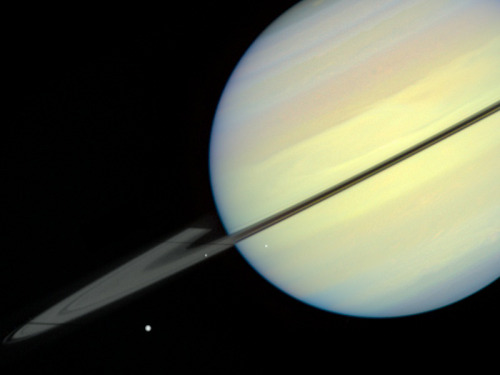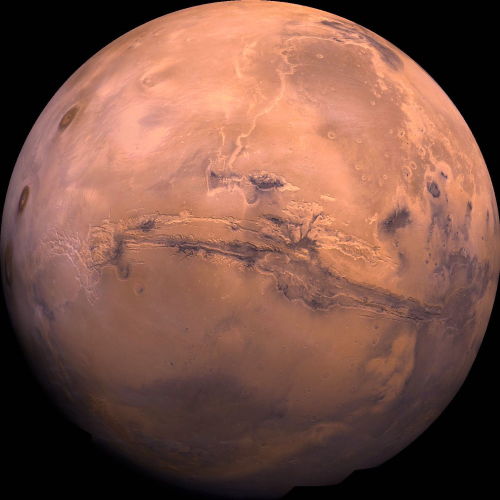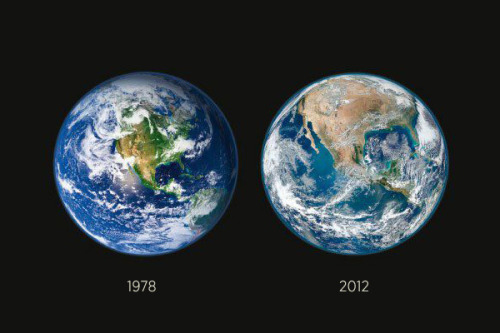Me: *thinks About Space For 0.2 Seconds*
me: *thinks about space for 0.2 seconds*
me: *gets really motivated to do well and study hard in school so I can help explore it*
More Posts from Alitheastronomer and Others
Courtney’s Big Space Book Recommendation Post
Okay, so, hi. It has come to my attention that I have gained a lot - a lot - of followers over the last few weeks due to hype for The Martian. Rad.
So, with that in mind, I’ve decided to put together a bunch of non-fiction space recommendations for y’all. Since an anon asked a few days ago, and I kindof want to do it more justice.
If you are new to me and my blog, you might not be aware that I am a gigantic fucking nerd for human space flight and exploration, and I have a boatload of dumbass blogs about it. So, uh, I’ve read a lot of books. Like, lots.
Keep reading


The planet Saturn, observed by the Hubble Space Telescope.

30 Doradus, located in the heart of the Tarantula nebula, is the brightest star-forming region in our galactic neighborhood. The nebula resides 170,000 light-years away in the Large Magellanic Cloud.
js

Milky way

Observatory in the path of an airport is rough on star trails haha

needed some stargazing and falling stars.
make a wish.
That video is fascinating, I can't stop watching it!
Blizzard 2016 from Space
As an intense winter storm approaches the mid-Atlantic this weekend, our satellites watch from above. The storm is expected to produce a wade swath of more than 2 feet of snow in some areas.

The below supercomputer simulation crunched the data to provide a look at the flow of clouds from storm systems around the globe, including the developing blizzard across the eastern United States.
This storm won’t only have a snowy impact on the mid-Atlantic region, but will also cause severe weather in the Gulf Coast. Satellites observe extreme rainfall in the area.

Data from NASA-NOAA Suomi NPP satellite and NOAA’s GOES-East satellite are being used to create images and animation of the movement of this powerful storm. For updates, visit: http://www.nasa.gov/feature/goddard/2016/nasa-sees-major-winter-storm-headed-for-eastern-us

Make sure to follow us on Tumblr for your regular dose of space: http://nasa.tumblr.com



09/27/15
-
 alitheastronomer reblogged this · 9 years ago
alitheastronomer reblogged this · 9 years ago -
 alioopshi reblogged this · 9 years ago
alioopshi reblogged this · 9 years ago